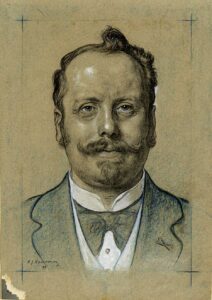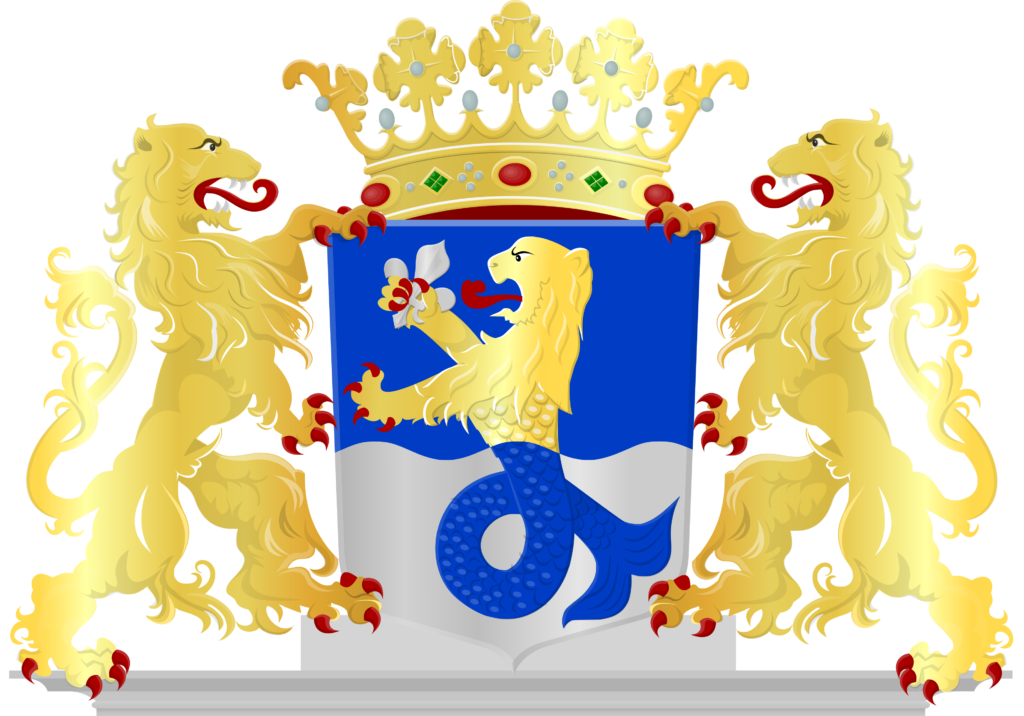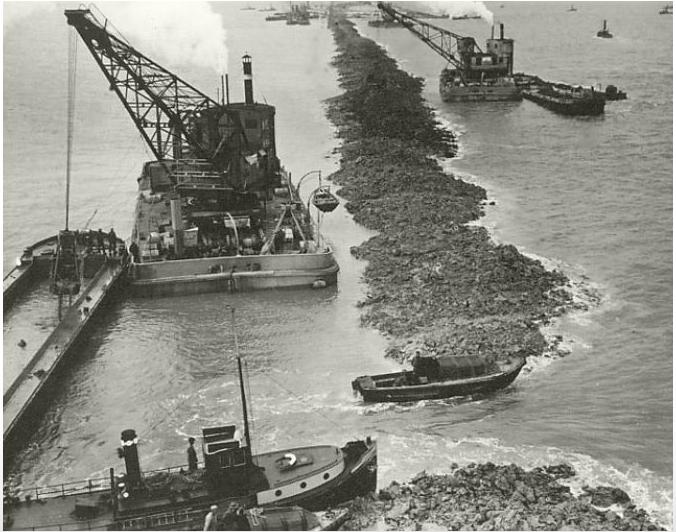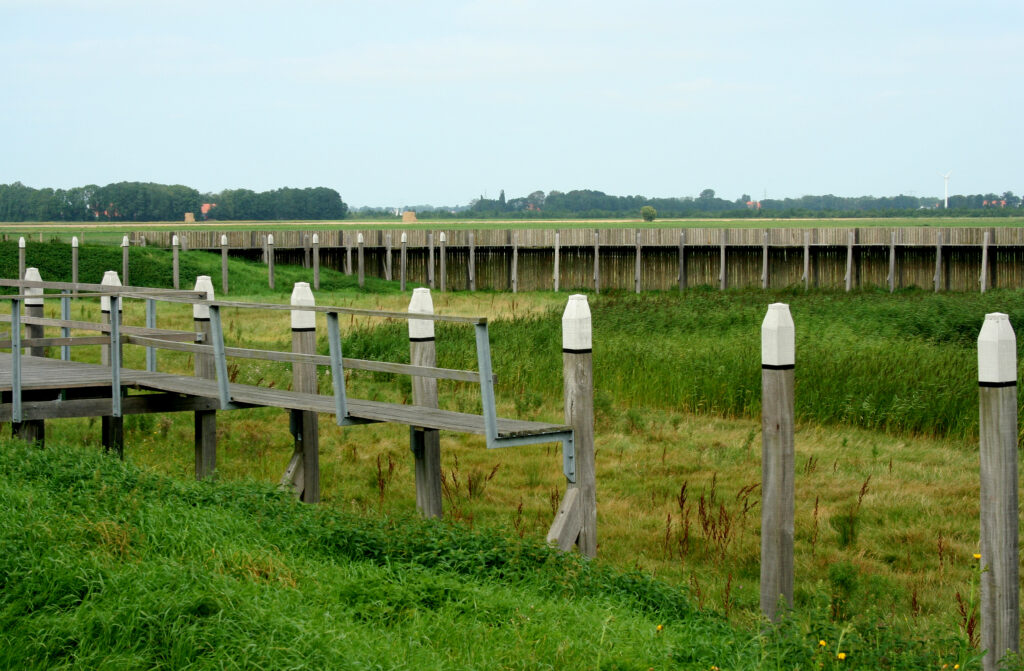welcomE in hoLIdAY LAND
CLICK ON THE HOTSPOTS FOR THE DESIRED PROVINCE
mailto:[email protected]
Klik hierboven op de knop
en vind de dichtsbijzijnde koffieshop
mailto:[email protected]
Klik hierboven op de knop
en vind de dichtsbijzijnde koffieshop
After the storm of January 3 to 4, 1916, the dikes were broken in dozens of places and the cows from the North Holland Waterland were even housed in the streets of Amsterdam. This disaster happened in combination with the food shortage during the First World War (1914-1918) Something had to be done to save Holland.
Engineer Cornelis Lely became the driving force behind the closure of the Zuiderzee and the subsequent reclamation.



The coat of arms shows a lily, which comes from the coat of arms of ir. Cornelis Lely. The sea lion is a reference to the history of Flevoland, to the conquest of the land from the sea. The torso of the sea lion is made of gold and the tail is made of azure.

The harbor of the former island of Schokland still indicates that the raging water once flowed here.
The Afsluitdijk was built from the province of North Holland and from the province of Friesland towards each other.
Somewhere in the middle of the Zuiderzee, the builders met. This photo shows the closing hole. When that gap was closed in 1932, the name Zuiderzee changed to IJsselmeer. The Afsluitdijk offered protection against flooding and dike breaches on the 300 kilometres lower dikes around the Zuiderzee. Not only did it provide protection, but it also provided theopportunity for reclamation. This was originally intended to create agricultural land to prevent famine of the growing population. This reclamation started with the Wieringermeer in North Holland. The next polder became the Noordoostpolder. The islands of Urk and Schokland were also drained. Subsequently, southern Flevoland was drained. This gave rise to the cities of Lelystad and Almere. Plans for further reclamation are encountering problems.

In 1859 the island of Schokland was seriously threatened by water. Severe storms make the island much smaller.
As a result, it is becoming increasingly dangerous to continue living on the island. King William the Third therefore gives the order to evacuate the island. On July 10, 1859, all approximately 650 inhabitants of the island had to leave.
It will be averleaten island. Most residents (fishermen) tear down their houses, load the materials into their boats and rebuild them in other villages on the edge of the Zuiderzee.
After 1859 Schokland did not become much smaller anymore. The island is also almost no longer threatened by storms. The evacuation would not have been necessary.



